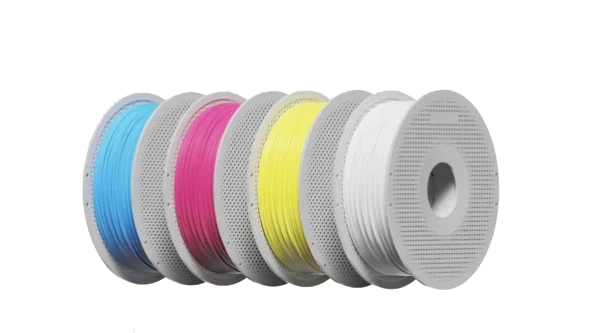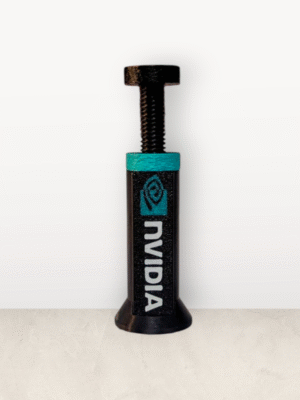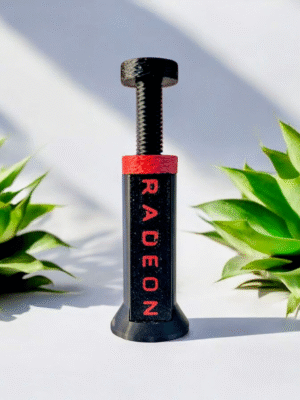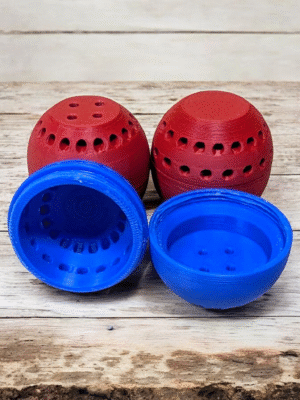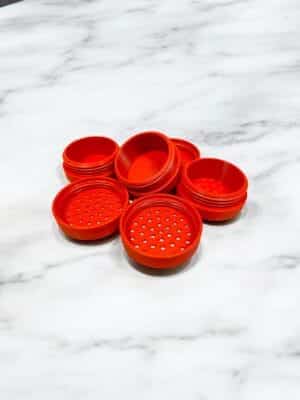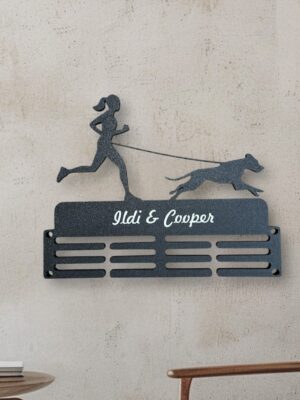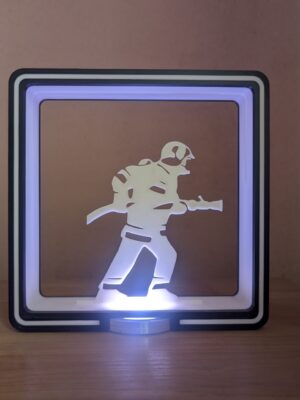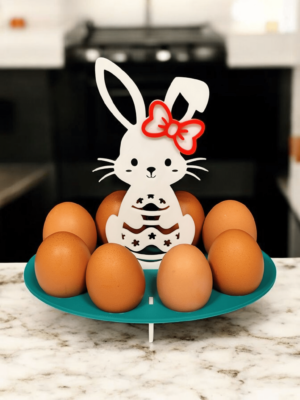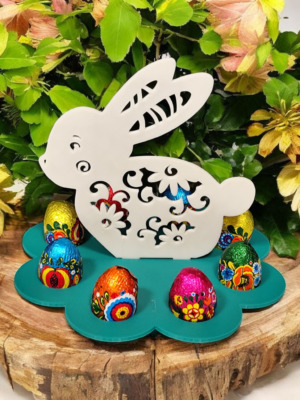The exciting world of 3D printing offers many possibilities, but it is not all the same, from what the final result is produced. The material used affects the durability, flexibility, and even the environmental impact of the object. We will now discuss three popular filament types: PLA, PETG and TPU – each one is different, each one is good for something different.
🟢 PLA – the simple, environmentally friendly material
THE PLA (polylactic acid) is the most commonly used 3D printing material, and it's no coincidence. It's easy to work with, and one of its biggest advantages is that environmentally friendlyIt is made from cornstarch, so non-petroleum-based plastic, like many other materials.
When do we use it?
If we are making decorations (e.g. ornaments, figurines, key chains)
When a detailed look is important
If it's okay that it's not very heat-resistant (e.g. don't leave it in a car in the sun)
Advantages:
Nice, smooth printing surface
Wide range of colors
Biodegradable, compostable under industrial conditions
Emits fewer harmful gases during printing
Disadvantage:
Less flexible, breaks more easily
Cannot withstand high temperatures
Overall: If you need a decorative, environmentally friendly and easy-to-print material, PLA is your best friend.
🔵 PETG – the durable and reliable middle ground
THE PETG a combination of PET (which we know from soft drink bottles) and glycol. This material more resistant than PLA, yet easier to handle than special plastics. It can also be used outdoors and is a good compromise if you need a slightly more durable print.
When do we use it?
If we are making a functional object (e.g. holders, wall hangers, household items)
If the print is intended for outdoor use
If long life is required
Advantages:
Stronger and more impact resistant than PLA
More flexible, doesn't break as easily
Better heat tolerance (~80–85 °C)
Less prone to layer separation
Disadvantage:
More difficult to print, especially sensitive to temperature and cooling
Can sometimes “stringy” or leave a sticky surface
From an environmental perspective: Although not compostable, PETG recyclableand due to its longer lifespan, it produces less waste, making it a more conscious choice.
🟡 TPU – the flexible, playful and shock-absorbing material
THE TPU (thermoplastic polyurethane) is a flexible, rubbery filament. If you want to print an object that bends, twists, or absorbs shock, you should use this material.
When do we use it?
If we are making a flexible keychain or dog accessory
If you were manufacturing a shock-absorbing component (e.g. case, protective element)
If you need a playful, “rubbery” feel
Advantages:
Extremely flexible and durable
Anti-slip effect
Resists creasing and bending
Disadvantage:
Difficult to print: low speed
Slower printing, requires more patience
From the environmental side: Unfortunately, it is not the most environmentally friendly, but it has a long lifespan and is difficult to break down, so it rarely needs to be replaced.
🧾 Summary: which one do we choose?
| Material | Easy to print | Flexible | Heat resistant | Environmentally friendly | What is it good for? |
|---|---|---|---|---|---|
| PLA | ✅ | ❌ | ❌ | ✅ | Decorations, figurines, key chains |
| PETG | ⚠️ | ✅ | ✅ | ♻️ | Functional, outdoor items |
| TPU | ❌ | ✅✅✅ | ⚠️ | ❌ | Flexible, impact-resistant accessories |
🌱 Eco-friendly printing – small steps, big impact
In 3D printing, it's not just about what you make, but also about the impact your material has on the environment. PLA is a great choice if you're looking to take a more sustainable path. PETG's longevity and TPU's durability reduce unnecessary waste - so they can work well as a compromise.
Conscious material selection not only improves print quality, but also contributes to a greener future.
These products are also made from environmentally friendly PLA.
-
€7,96Select options This product has multiple variants. The options may be chosen on the product page
-
€7,96This product has multiple variants. The options may be chosen on the product page
-
Rated 5.00 out of 5 based on 1 customer rating(1)€7,16This product has multiple variants. The options may be chosen on the product page
-
€5,96This product has multiple variants. The options may be chosen on the product page
-
€10,36This product has multiple variants. The options may be chosen on the product page

